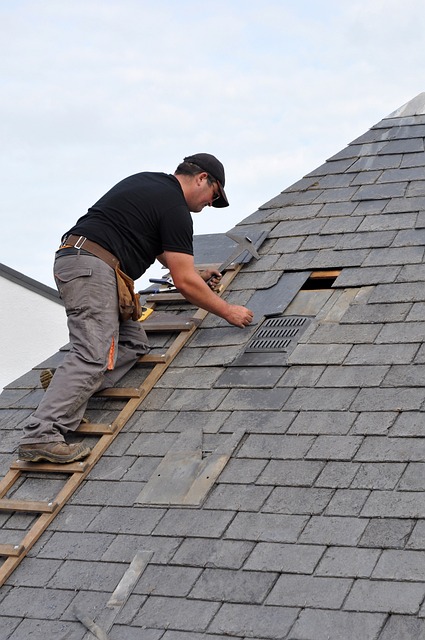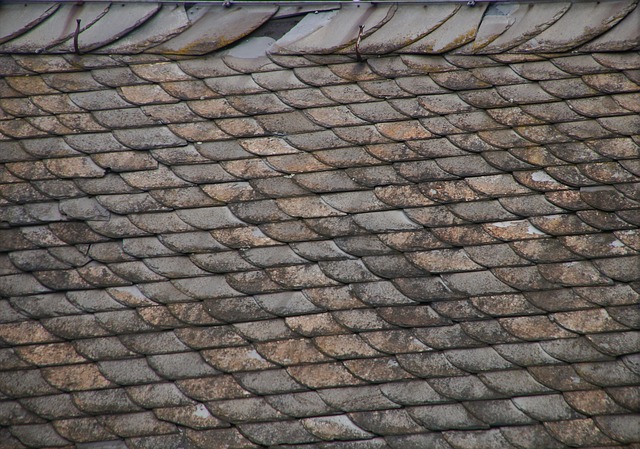Roofers play a crucial role in maintaining attic ventilation, which is essential for the health and longevity of roof systems. Proper ventilation prevents overheating, moisture buildup, and structural damage by moderating temperatures and humidity in the attic. A balanced system combines intake vents at the soffit with exhaust vents at the peak to ensure continuous air exchange, which protects against premature aging of roof components and enhances insulation efficiency. Expert roofers can design and install tailored ventilation systems that consider local climate conditions, roof dimensions, and specific home requirements to optimize energy savings and structural integrity over time. Both passive and active attic ventilation systems are available; passive systems use natural airflow, while active systems, which can be powered by electricity or solar energy, offer additional control under extreme heat conditions. By addressing this aspect of roof maintenance, homeowners can enjoy a more durable and cost-effective roof, with a roofer's expertise ensuring long-term building health and protection against the elements.
Maintaining a roof system in peak condition is pivotal for any homeowner, and a critical factor in this endeavor is attic ventilation. This article delves into the essential role of attic ventilation in extending the life of your roof, offering insights on how to optimize airflow within your attic space. From understanding the science behind it to learning about the latest innovations, we explore various aspects of attic ventilation. Our discussion includes the benefits of different ventilation systems, as installed by experienced roofers, and provides practical steps for improvement. We also address common pitfalls, offer maintenance advice, and guide you on selecting the right roofer to ensure your attic’s ventilation remains optimal for years to come. Join us as we uncover how a well-ventilated attic not only preserves your roof but can also lead to significant cost savings in the long run.
- Understanding the Importance of Attic Ventilation for Roof Systems
- The Role of a Roofing Professional in Implementing Effective Attic Ventilation
- Types of Attic Ventilation Systems and Their Benefits
- How Proper Ventilation Extends the Lifespan of Your Roof
Understanding the Importance of Attic Ventilation for Roof Systems
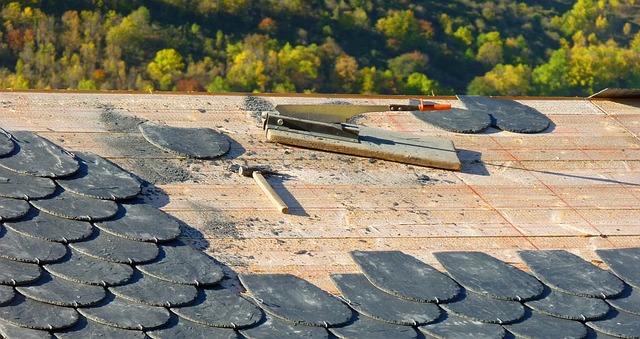
Proper attic ventilation plays a pivotal role in maintaining the integrity and longevity of a roof system. When rooftop professionals discuss attic ventilation, they’re referring to a balance between intake vents, typically located at the soffit or eaves, and exhaust vents, usually placed near the peak of the roof. This system allows for the continuous exchange of air within the attic space. By controlling the temperature and moisture levels in the attic, it prevents the premature aging and deterioration that can occur from extreme heat or the condensation associated with cold temperatures. As a roofer will affirm, this not only protects the structural components of the roof but also preserves the efficiency of the insulation materials, reducing energy costs for homeowners. In climates where temperature fluctuations are severe, the importance of this balanced ventilation system is heightened. It ensures that the attic space does not become a hot and moisture-laden environment during extreme weather conditions. Consequently, this protects the sheathing from warping or rotting, safeguards shingles from buckling, and prevents the formation of ice dams in winter, which can lead to leaks and water damage. In essence, the role of a roofer extends beyond installation and repair; it encompasses advising on and implementing a ventilation strategy that is tailored to the specific needs of each home’s roof system. This proactive approach to attic ventilation can significantly extend the lifespan of the roof, reduce repair costs over time, and maintain the overall functionality and safety of the home’s structure.
The Role of a Roofing Professional in Implementing Effective Attic Ventilation

When it comes to implementing effective attic ventilation, the expertise of a seasoned roofer is invaluable. Proper ventilation plays a critical role in maintaining the health and longevity of a roof system by regulating temperature and humidity levels within the attic space. This balance prevents condensation, which can lead to wood rot, mold growth, and other deteriorative effects that compromise structural integrity. Roofers understand the intricate interplay between different ventilation components—such as soffit vents, ridge vents, gable vents, and turbine vents—and their strategic placement for optimal airflow. They assess the attic size, shape, and existing structure to customize a ventilation solution that aligns with the building’s needs and local climate conditions.
A roofer’s role extends beyond mere installation; it encompasses evaluating the current state of the attic, identifying potential challenges, and determining the most effective ventilation strategy. They also consider the compatibility of materials and design with the existing roof, ensuring that any new additions do not negate the effectiveness of the overall system. By engaging a roofer, homeowners can rest assured that their attic will be equipped with a well-designed ventilation system that not only enhances energy efficiency but also protects their home from the damaging effects of moisture and extreme temperatures year-round. This proactive approach to attic ventilation can significantly extend the life of the roof system, reducing the need for costly repairs or premature replacement.
Types of Attic Ventilation Systems and Their Benefits
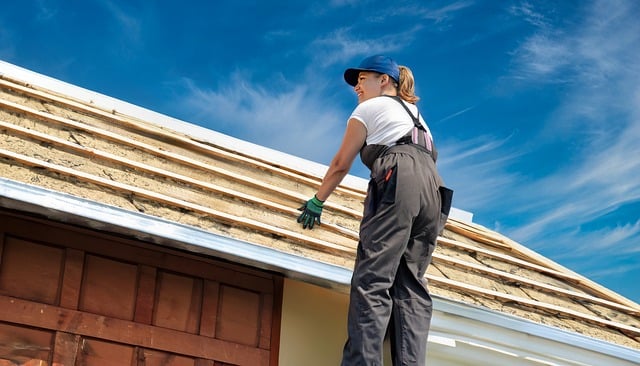
Attic ventilation systems play a critical role in preserving the integrity and longevity of a roof system, and understanding the different types available is essential for any homeowner or roofer looking to extend their roof’s life. The primary purpose of attic ventilation is to regulate the temperature and humidity within the attic space, which can significantly impact the performance and durability of the roof. Two main categories of attic ventilation systems are passive and active systems.
Passive systems rely on natural airflow through vents installed on the roof and soffits. Soffit vents, often found at the eaves, allow cool air to enter the attic, while ridge and roof vents expel warm, moist air from the peak of the roof. This continuous flow of air helps to maintain a balanced temperature and humidity level within the attic, reducing the risk of moisture buildup that can lead to mold growth and wood rot, which can compromise the structural integrity of the roof. In contrast, active systems involve mechanical fans or ventilators that are powered by electricity or solar energy. These systems can be more effective in moving large volumes of air, especially during extreme heat conditions. They are particularly useful in poorly insulated attics or regions with high humidity and hot climates. A skilled roofer can assess the specific needs of a home’s roof system and recommend the most appropriate type of ventilation based on factors such as the climate, roof pitch, and local building codes. By investing in an effective attic ventilation system, homeowners can protect their roof systems from premature aging and costly repairs, ensuring the continued comfort and safety of their homes for years to come.
How Proper Ventilation Extends the Lifespan of Your Roof
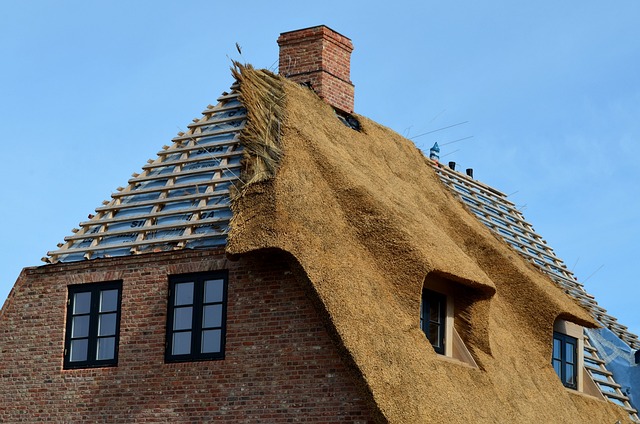
Proper ventilation in an attic is a critical factor in extending the lifespan of your roof system. When a roofer installs a well-designed ventilation system, it allows for a balanced flow of air between the roof deck and the exterior environment. This airflow helps to regulate the temperature and humidity levels within the attic space. In hot climates, it prevents the shingles from baking in the sun, which can lead to warping and cracking. Conversely, in colder regions, it mitigates the risk of ice dams that form when snow melts and refreezes at the roof’s edge, causing water intrusion and damage. The consistent temperature and reduced moisture protect the wood sheathing from decay and the insulation from compacting, both of which can significantly shorten the roof’s lifespan. Additionally, proper ventilation reduces condensation that can lead to mold growth, which not only degrades roofing materials but also poses health risks for occupants. A roofer experienced in ventilation systems can assess your home’s specific needs and recommend the most effective solutions to ensure your roof remains in optimal condition for as long as possible.
Effective attic ventilation is a cornerstone in preserving the integrity and longevity of your roof system. As detailed, this practice not only regulates temperature and moisture levels but also significantly extends the life of your roof. When considering the expertise required for optimal ventilation, partnering with a seasoned roofer becomes indispensable. They can guide you through the array of attic ventilation systems available, each offering unique benefits tailored to your specific needs. By understanding and implementing these strategies, homeowners can mitigate common issues that lead to premature roof failure. It’s a proactive approach that pays dividends in comfort, energy efficiency, and extended roof lifespan. Therefore, for those looking to safeguard their homes, consulting with a professional roofer is a prudent first step towards ensuring your attic ventilation meets the highest standards.
